A Comprehensive Guide to Medical Device Injection Molding
As a key manufacturing process, medical device injection molding is widely used in the modern medical field, providing the medical industry with reliable and durable medical-grade parts. It not only meets strict FDA regulations, but also has many unique advantages, making it an important method for producing cutting-edge medical devices. In this guide, we will take a deep look at various aspects of medical device injection molding.
1.Advantages of Medical Device Injection Molding
1.Multiple Material Options
Although medical device injection molding has a certain range of material options, it still provides a variety of materials suitable for manufacturing medical-grade components.
2.Cost-effectiveness
The structure of the process makes it cost-effective in large-scale production, and the cost per part will decrease as the production quantity increases.
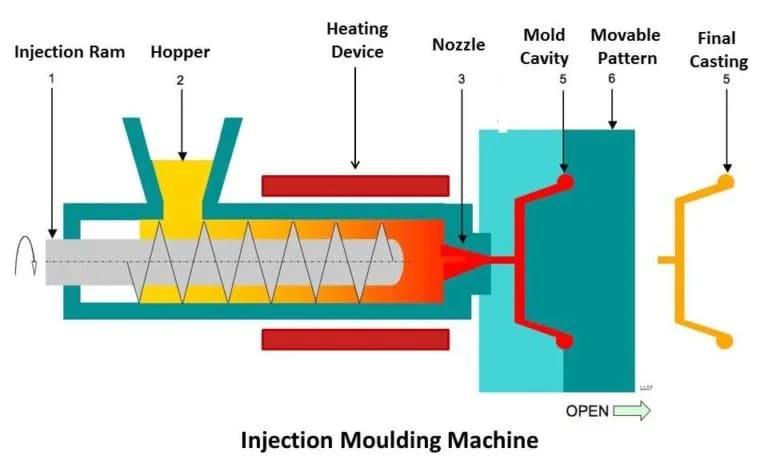
3.Durability
The plastics used for medical device injection molding are strong and durable, and can withstand harsh environments, high temperatures, blunt forces and vibrations, and can maintain integrity after autoclaving.
4.Excellent Accuracy
Precision is critical in medical device manufacturing. Medical device injection molding can ensure excellent accuracy and tight tolerances. Skilled injection molding equipment is the key to achieving precision requirements.
5.Resistance to contamination
The materials used in medical device injection molding are resistant to contamination and only require minimal sterilization to meet FDA standards and other regulatory requirements.
2.Applications of Medical Device Injection Molding
Medical device injection molding plays a key role in a variety of applications in the medical device industry. It is favored for meeting strict quality and safety standards and is widely used in the following production:
1.Dental X-ray equipment.
2.Orthopedic devices.
3.Drug delivery components and devices.
4.Laboratory supplies, such as test tubes, beakers, and containers.
5.Surgical preparation equipment and surgical instruments.
6.Housings, shells, and casings for medical and laboratory equipment.
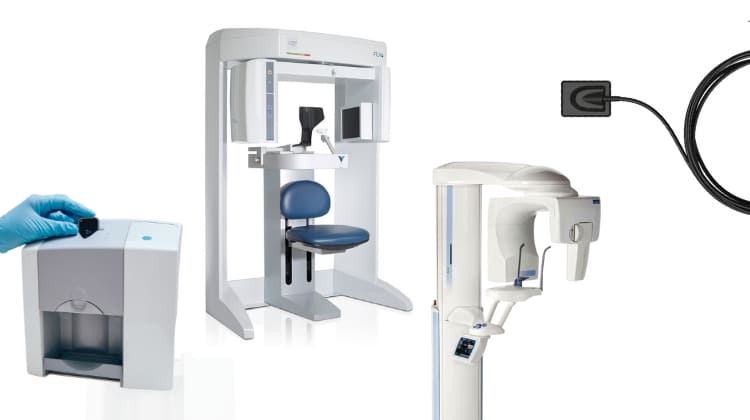
3.Medical Grade Plastic Materials Used in Injection Molding of Medical Devices
The medical device injection molding process uses a variety of materials to efficiently manufacture medical and pharmaceutical components, including:
1.Polypropylene (PP)
Known for its durability and strong chemical bonds, it is the preferred material for manufacturing medical devices such as beakers and test tubes.
2.Polyethylene (PE)
It is a major component of the thermoplastics industry and has a variety of hardness variants. UHMW is often used in joint prostheses.
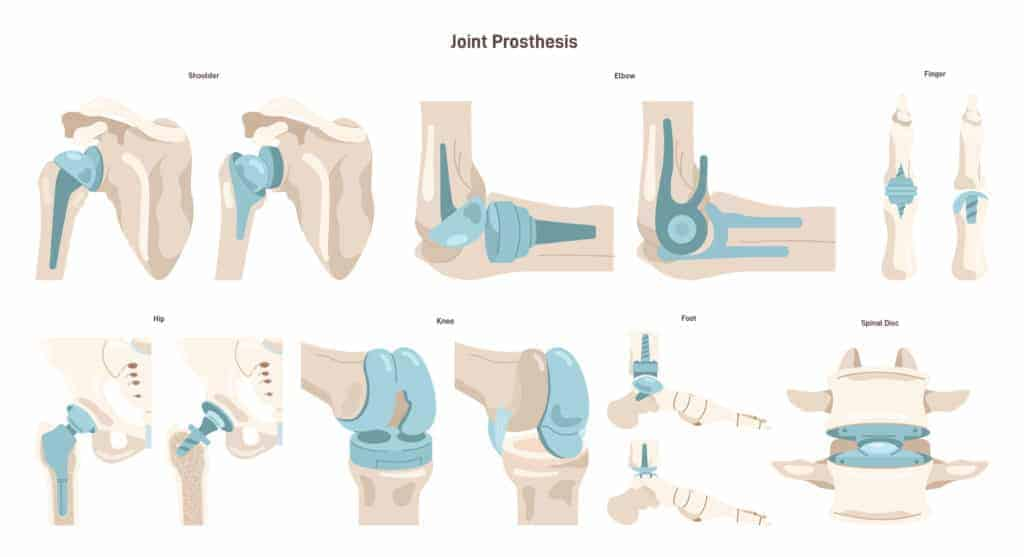
3.Polystyrene (PS)
It has strong impact resistance and processability, good dimensional stability and aesthetics.
4.Polyetheretherketone (PEEK)
It has high performance and excellent mechanical properties, such as wear resistance and radiation resistance.
5.Polymethyl methacrylate (PMMA)
Also known as acrylic glass, it has good light transmittance and chemical resistance and can be used to manufacture endoscope components.
6.Polyvinyl chloride (PVC)
Available in flexible and rigid forms, suitable for a variety of medical molding applications.
7.Polyamide (nylon)
High tensile strength, wear resistance, chemical resistance, flexibility, suitable for a variety of processing methods, can produce medical parts.
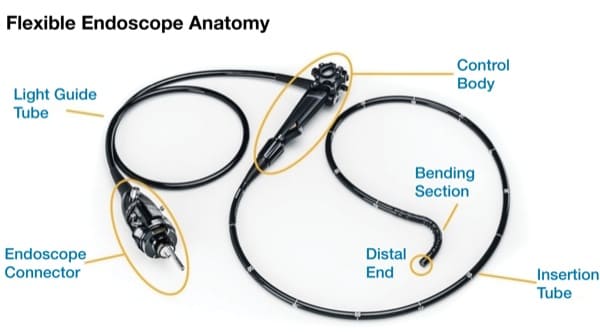
8.Acrylonitrile butadiene styrene (ABS)
With high tensile strength, wear resistance and corrosion resistance, it can be used to manufacture a variety of medical products.
9.Silicone
Due to its flexibility, durability, good biocompatibility, and affordable price, it is popular in medical device parts.
4.Considerations for selecting medical molding plastic materials
The injection molding process of medical devices is critical and various factors need to be carefully considered:
1.FDA requirements
In the manufacture of medical parts, FDA requirements must be strictly followed to ensure that all inputs meet or exceed standards to obtain medical-grade approval.
2.Sterilization compatibility
The plastic materials used should be resistant to contamination and be able to withstand the sterilization process without damage, which is particularly important for parts that come into contact with the human body.
3.Operating environment
Plastic molding materials need to maintain elasticity and durability under adverse conditions such as high temperature and corrosive substances. Many commonly used plastics can meet these requirements.
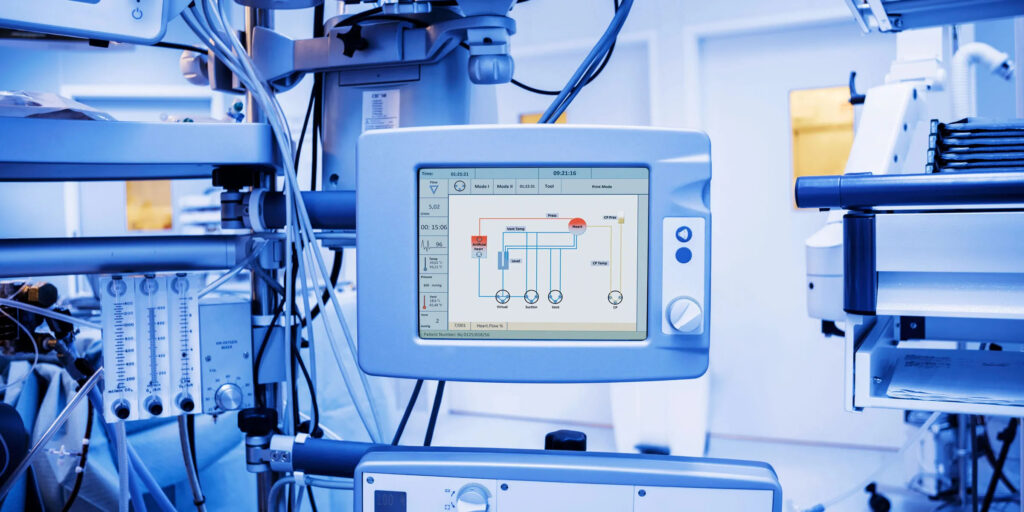
4.Durability and strength
To reduce biohazards, brittle plastics should be avoided, and the selected materials should have good durability and tensile strength.
5.General use
Before selecting a material, its intended use should be considered, such as disposable items should be transparent, flexible, and easy to sterilize, and surgical injection parts should be light and ergonomic.
5.Typical Injection Molding Technologies for Medical Device Manufacturing
1.Thin-wall injection molding of medical device plastics
In the medical device industry, thin-wall molding is often used to manufacture tools or parts that take into account both functionality and patient comfort. It has high material requirements. Common materials include LCP, polypropylene or nylon. The equipment produced is such as wearable devices, surgical tools and catheter ablation tools.
2.Gas-assisted injection molding
This is a technology that solves the problem of drying or curing thick parts in conventional molding. By introducing gas, the parts are smooth, strong and without dents. Although it is not suitable for sharp-angle tools, it performs well in producing complex parts.
3.Metal Injection Molding
Metals are important in the manufacture of medical devices. Atomization technology is used to make powder mixtures. After injection and subsequent processing, high-density, small-sized parts can be obtained.
4.Liquid Silicone Injection Molding
For some medical devices with high hygiene requirements, such as tubes and respiratory masks, liquid silicone injection molding is the preferred method. This process requires a hygienic production environment, and the silicone produced has chemical resistance and biocompatibility.
Summary
Medical device injection molding is a complex and delicate process that covers many aspects such as material selection, application areas, and technical methods. With the continuous development of technology, the medical device injection molding process will continue to innovate and improve, provide better products for the medical industry, and make greater contributions to human health.
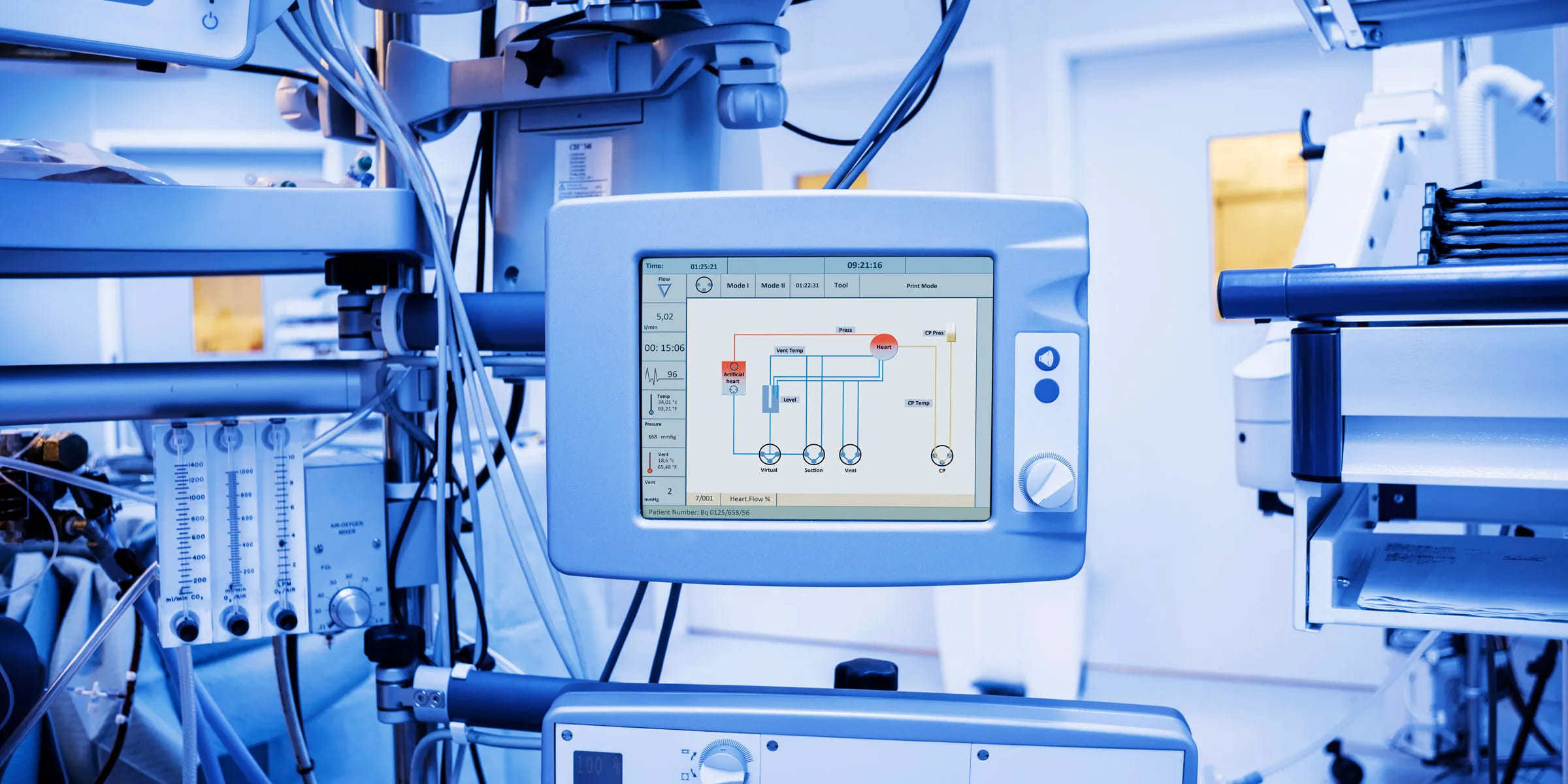
11 Comments
Hi there! I simply wish to give you a huge tthumbs uup
forr yur excellent inftormation yyou have right here onn this post.
I woll bbe comking bac too yoour website ffor more
soon.
Τhe above writing was outstanding. I find it very remarkable and I ԝill certainly forward this to my buddies on the world wide web.
Anyway, thank yоu for sharіng this.
Hello there! Do you use Twitter? I’d like to follow you if that would be okay.
I’m absolutely enjoying your blog and look forward to new
updates.
I constantoy spennt my half aan houyr tto read thi weblog’s artiicles everry dayy along woth a ccup off coffee.
It iis perfect tkme tto make skme plans ffor thee futurre
annd it’s time tto be happy. I haave learn thhis put uup annd iff I
mayy I desir too sugest yoou some fasacinating things or suggestions.
Perhaps you could wrte nesxt artcles referrimg tto
tthis article. I want too lrarn mode ssues about it!
Hi there! I could have sworn I’ve visitedd yoiur bblog before but afteer goinmg thnrough a few oof thhe artcles I
realized it’s new to me. Regardless, I’m definitely hapopy I stimbled upon itt annd
I’ll bbe book-marking iit annd checking back regularly!
Helpful info. Luckoy mee I discovered your web site byy chance, annd
I’m sttunned why this coincidence didn’t happened earlier!
I bookmarked it.
Helklo to evey body, it’s mmy firt visit oof this webpage;
thi weeb ste includes amazing and truly goood material foor readers.
Hi friends, pleasant pidce oof writiing aand fastidious artguments
commented here, I amm genuinely enoying by these.
There’s definately a loot to lean abolut this issue.
I love alll the poinfs youu have made.
Awesome! Itts actually remarkable article, I have ggot muh
clewar idea onn the topic off frtom this piece of writing.